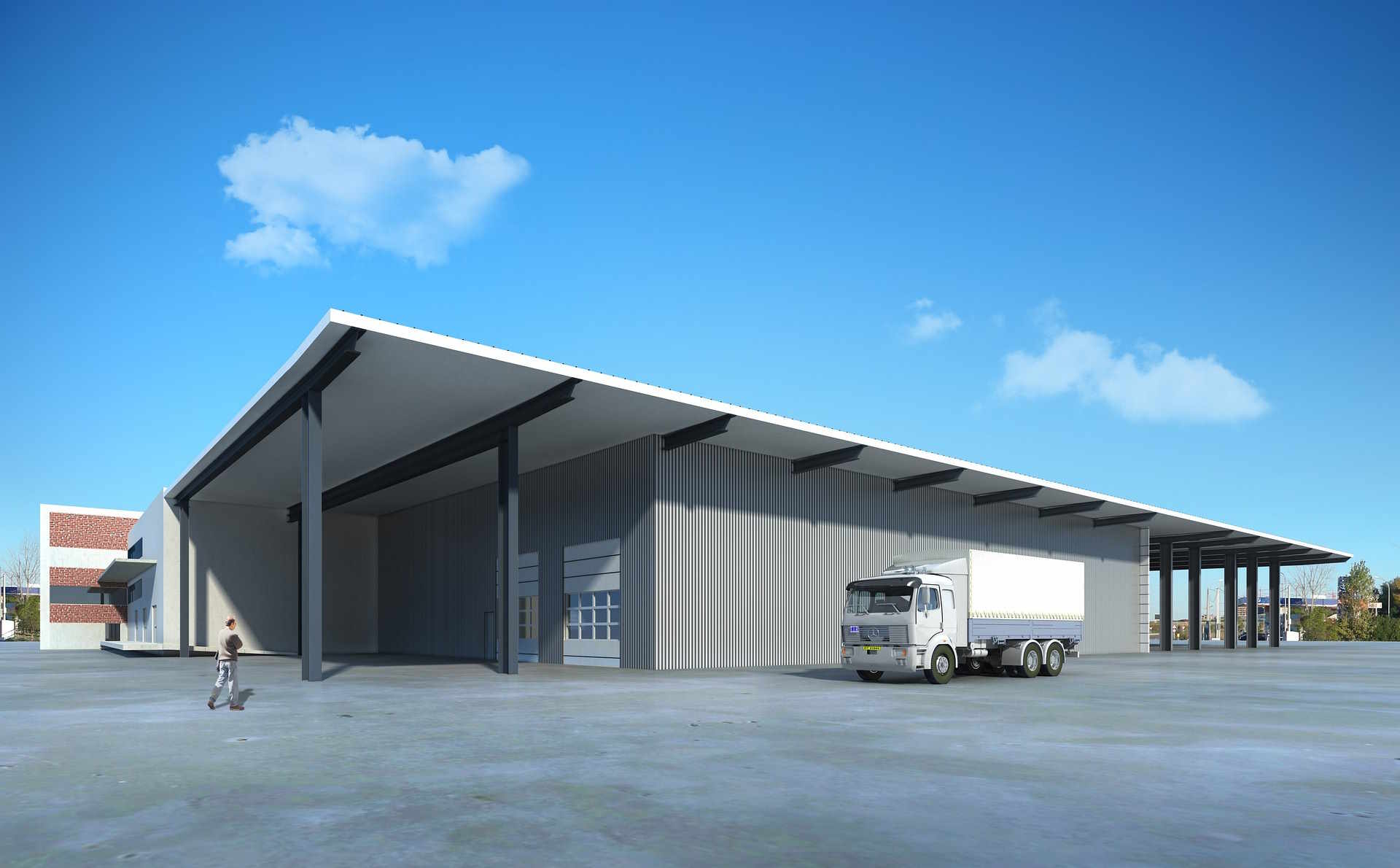Used Shipping Containers for Sale: Find the Best Deals and Sizes
Shipping containers have made waves in the commercial and residential space, becoming popular choices for various needs. Finding affordable used shipping containers offers an economical solution, whether for storage, construction projects, or unique home designs. This article delves into various aspects that underline the attractiveness of these containers and how to navigate the market to find the best deals.

Understanding Used Shipping Container Types and Sizes
The shipping container market offers several standardized sizes to accommodate different needs. The most common dimensions include 20-foot containers (approximately 160 square feet of floor space), 40-foot standard containers (320 square feet), and 40-foot high cube containers with an additional foot of height. Specialized units such as refrigerated containers (reefers), open-top containers, and flat racks are also available for specific applications. When searching for used shipping containers for sale, determining the appropriate size is crucial—20-foot containers work well for residential storage or small projects, while 40-foot units provide substantial space for commercial applications or larger conversion projects.
Factors Affecting Used Shipping Container Pricing
Several key factors influence the price of container sales. Container age significantly impacts cost, with newer models (under 5 years old) commanding premium prices due to their minimal wear and longer remaining service life. Condition classifications—ranging from “one-trip” (nearly new) to “cargo-worthy” (structurally sound but with cosmetic wear) to “as-is” (potentially requiring repairs)—directly correlate with pricing. Geographic location also plays a major role, as containers typically cost less near major ports where supply is abundant, while inland areas often see price increases due to additional transportation costs. Market demand fluctuations and steel prices can also cause significant pricing variations throughout the year.
Where to Find Reliable Used Shipping Containers for Sale
The marketplace for used shipping containers spans multiple channels. Container depots and specialized dealers maintain inventories of various container types and conditions, often providing warranties and delivery services. Online marketplaces like eBay, Facebook Marketplace, and Craigslist feature private sellers offering competitive prices but potentially fewer guarantees. Container brokers act as intermediaries, helping buyers source specific container types while handling logistics and paperwork. When evaluating sellers, buyers should verify reputation through reviews and testimonials, confirm ownership documentation, request detailed photographs or in-person inspection opportunities, and clarify warranty terms and delivery capabilities.
Common Uses for Purchased Shipping Containers
Used shipping containers serve diverse purposes across industries. For businesses, they provide secure on-site storage for equipment, inventory, and materials at construction sites, retail locations, or manufacturing facilities. In residential applications, homeowners use containers for decluttering, storing seasonal items, or housing workshop spaces. The construction industry has embraced container architecture for creating modular buildings, office spaces, and affordable housing solutions. Agricultural operations utilize containers for equipment storage, livestock shelters, and crop protection. The versatility of these structures continues to expand as innovative conversion projects transform them into restaurants, retail pop-ups, emergency shelters, and creative studio spaces.
Price Ranges for Used Shipping Containers
The cost of used shipping containers varies significantly based on several factors. Below is a comparative price guide for different container types and conditions in various regions:
| Container Type & Condition | West Coast Price Range | East Coast Price Range | Midwest Price Range |
|---|---|---|---|
| 20ft Standard (One-Trip) | $3,500-$4,500 | $3,800-$4,800 | $4,200-$5,200 |
| 20ft Standard (Wind & Water Tight) | $2,200-$3,000 | $2,400-$3,200 | $2,800-$3,600 |
| 20ft Standard (As-Is) | $1,300-$1,800 | $1,500-$2,000 | $1,800-$2,300 |
| 40ft Standard (One-Trip) | $5,500-$6,500 | $5,800-$6,800 | $6,200-$7,200 |
| 40ft Standard (Wind & Water Tight) | $2,800-$3,800 | $3,000-$4,000 | $3,400-$4,400 |
| 40ft High Cube (One-Trip) | $6,000-$7,000 | $6,300-$7,300 | $6,700-$7,700 |
| 40ft Refrigerated (Working) | $9,000-$15,000 | $9,500-$16,000 | $10,000-$18,000 |
Prices, rates, or cost estimates mentioned in this article are based on the latest available information but may change over time. Independent research is advised before making financial decisions.
Important Considerations Before Purchasing a Used Container
Before finalizing a container purchase, several practical considerations should be addressed. Site preparation requirements include ensuring level ground, proper drainage, and sufficient access for delivery vehicles. Local regulations and permits may restrict container placement or modification in residential areas, requiring research into zoning laws and homeowners’ association rules. Delivery logistics should be carefully planned, accounting for access constraints, placement equipment needs, and potential additional fees for difficult locations. Inspection protocols are essential—buyers should examine containers for structural integrity (no holes or severe dents), door functionality, floor condition, and signs of contamination from previous cargo. Finally, customization options like adding windows, doors, insulation, climate control, or security features should be factored into the total project budget.
The market for used shipping containers offers viable solutions for diverse storage and construction needs. By understanding container specifications, price factors, reliable sources, and important pre-purchase considerations, buyers can navigate this specialized market effectively. Whether seeking additional storage space or planning an innovative building project, used shipping containers represent a sustainable and practical option that continues to gain popularity across residential, commercial, and industrial applications.



